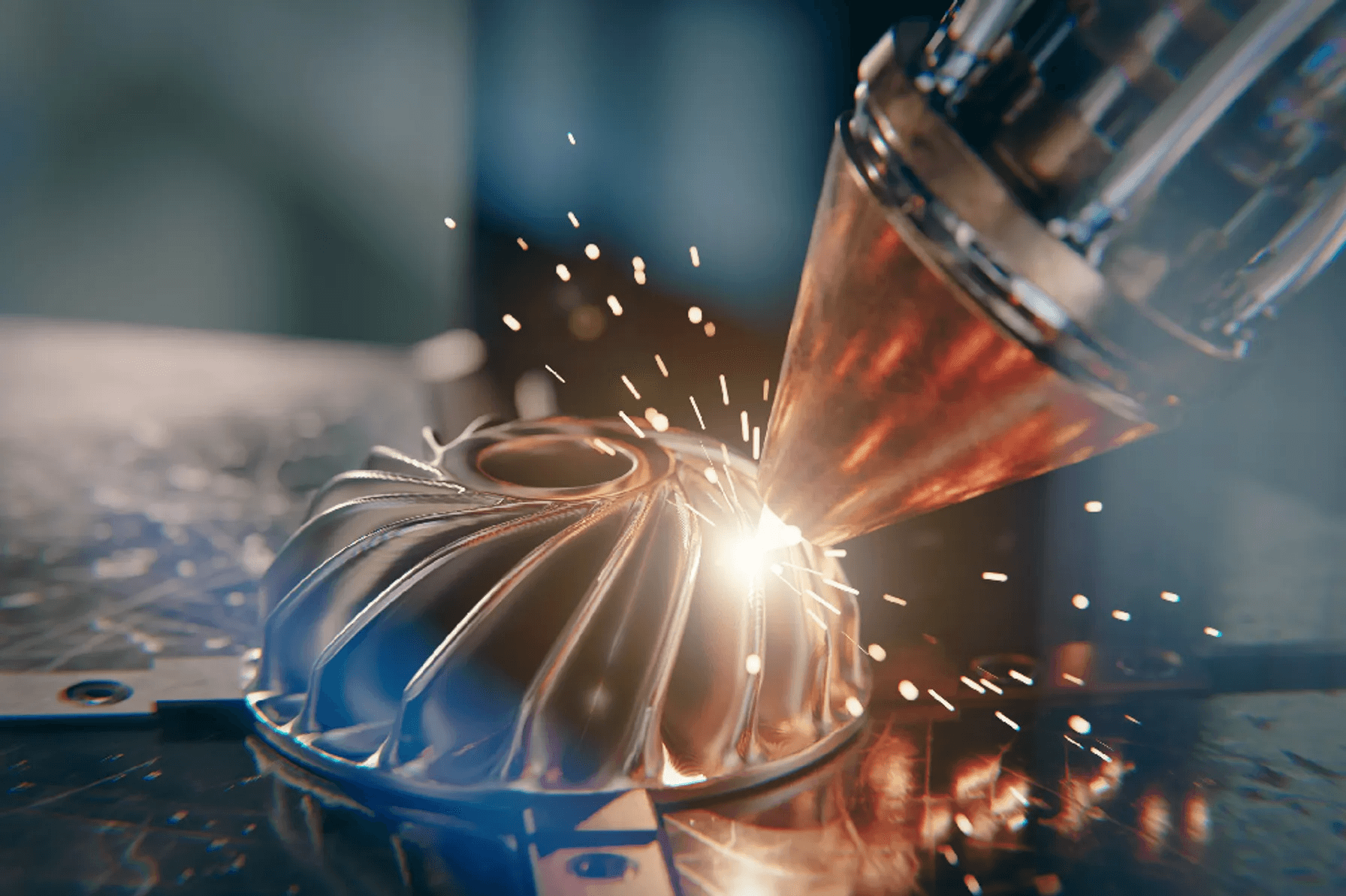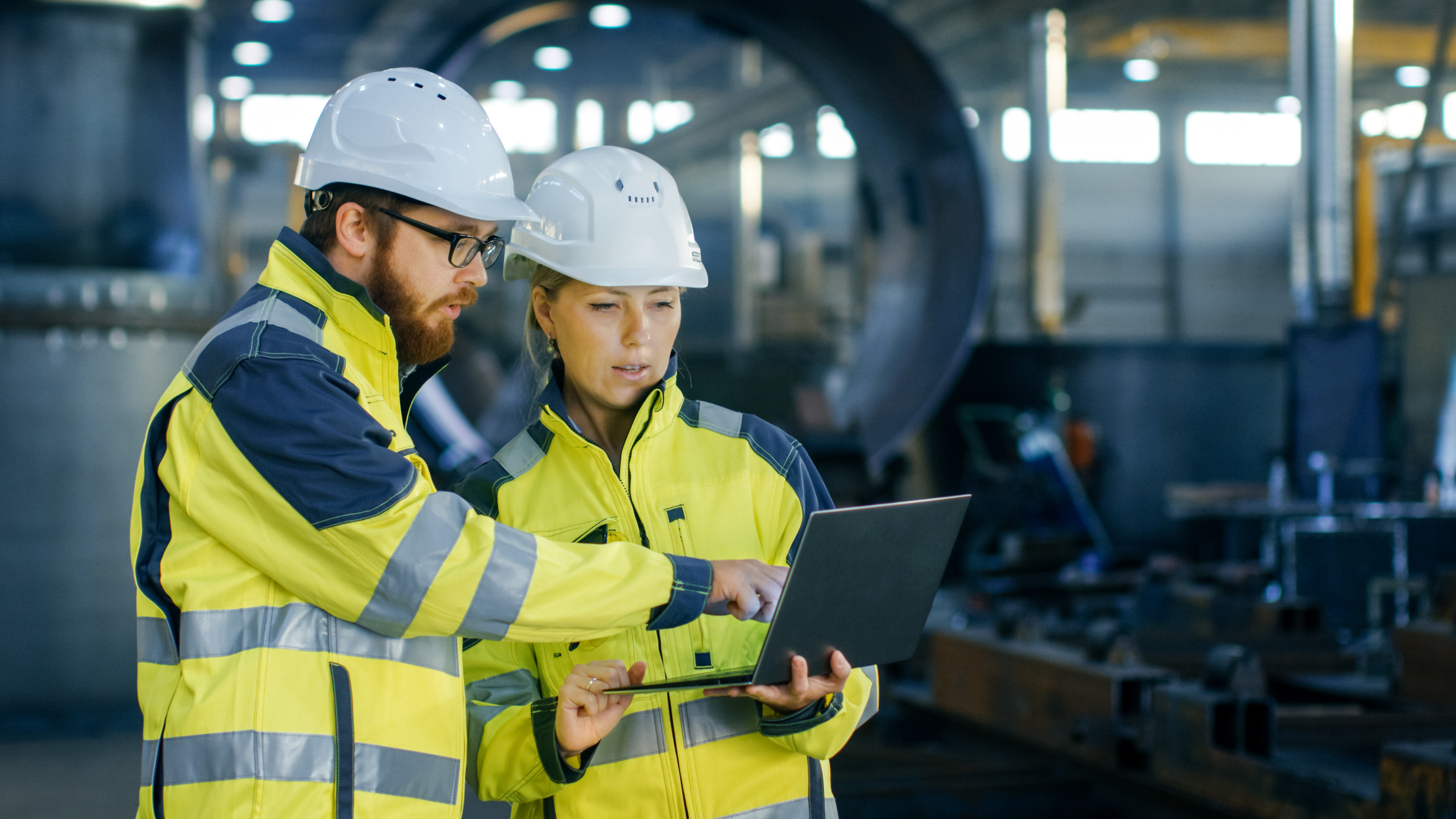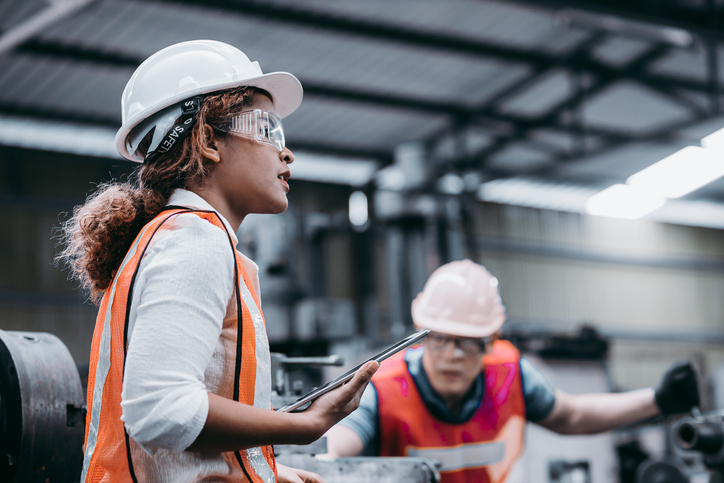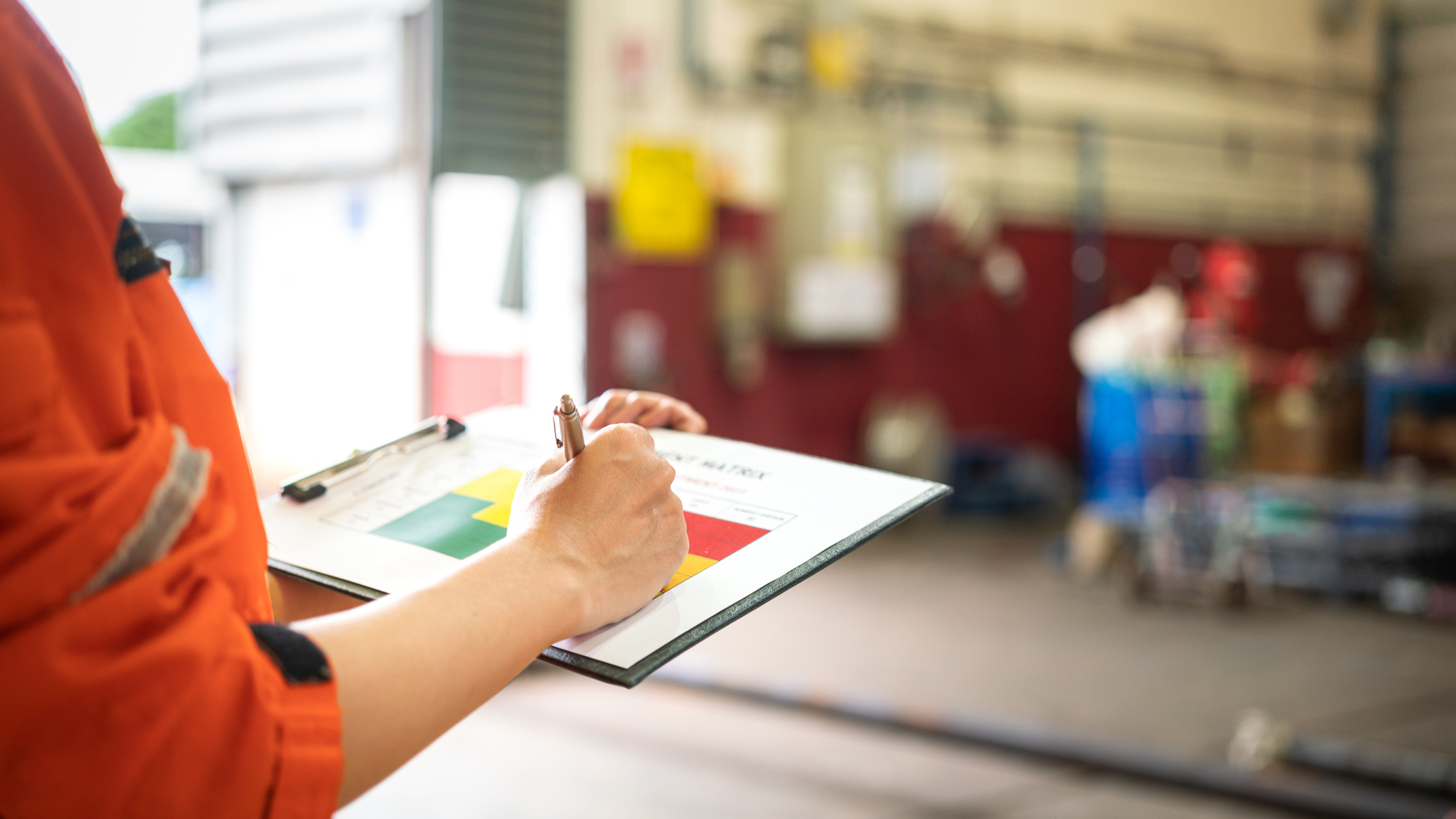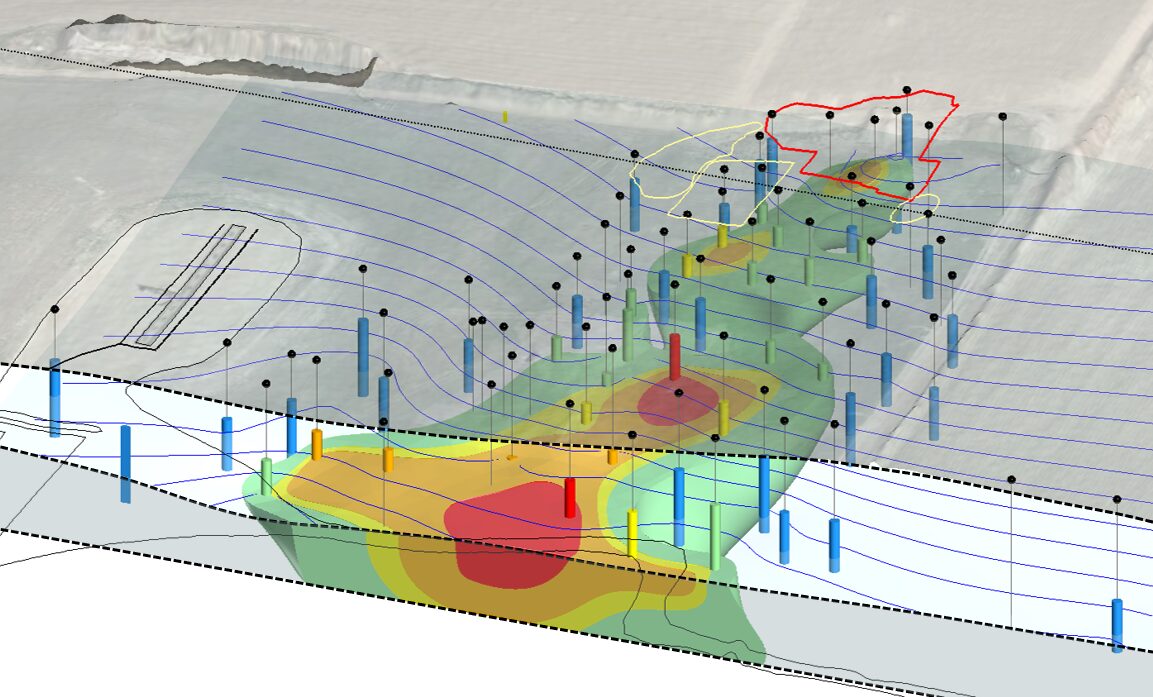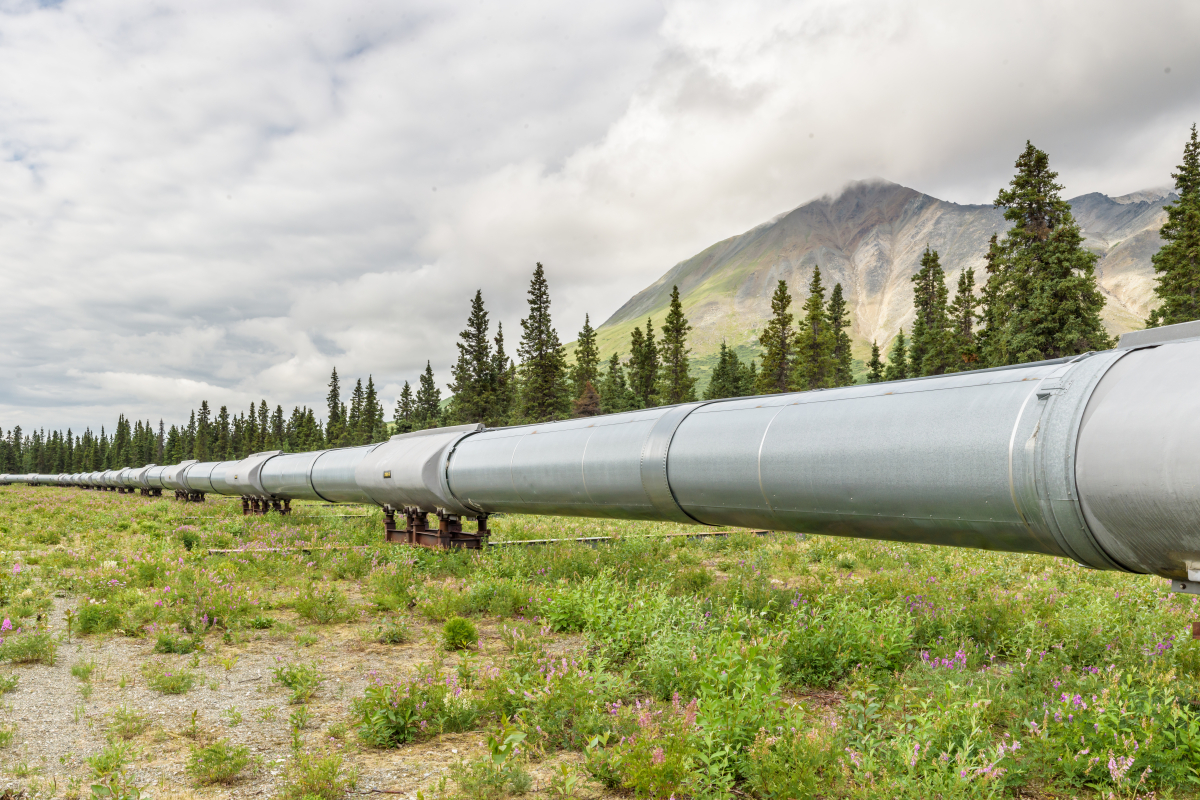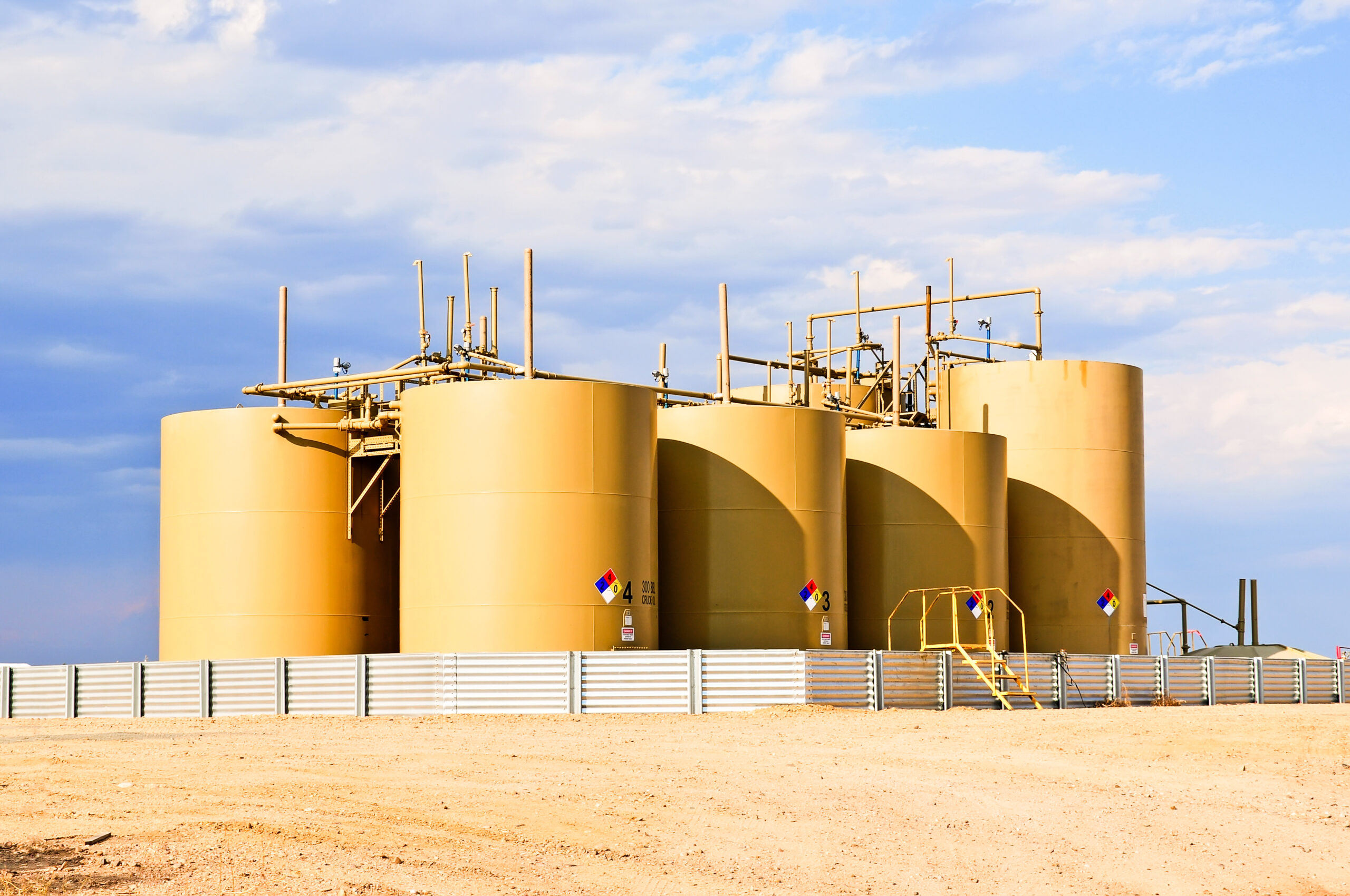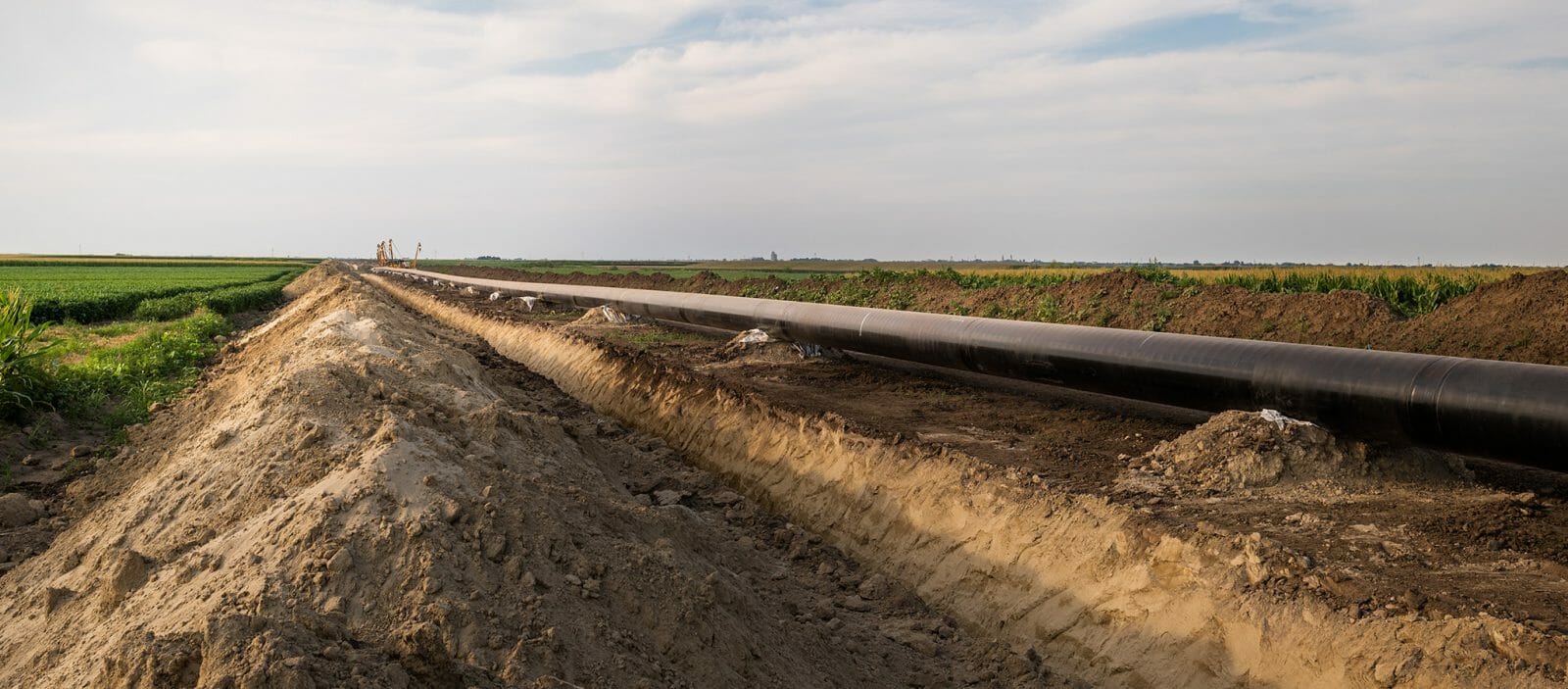Additive Manufacturing and 3D Printing Require New Safety Measures to Protect Workers
I am a mechanical engineer with a background in process engineering and combustion, as well as all forms of air pollution control. Much of the work I do is related to indoor air quality or protecting workers from occupational exposures, which is typically when my background in process engineering comes in handy. To mitigate risks associated with occupational exposures, I may look to change the raw materials used in the process or alter the methodology of processing, which can help make the process inherently less polluting. If these methods are utilized and the process still results in occupational exposures or ambient emissions above respective OSHA thresholds or state and federal regulatory limits, then engineering controls including industrial ventilation and tail end air pollution control systems are brought into the mix. During my career with TRC, which spans over three decades, I have seen how just about everything gets made or unmade—from cement, metals and paper to specialty chemicals, batteries and even military ships. It is safe to say that by working in process engineering, I have experienced my own version of the hit TV show “How It’s Made.” Ironically, “How It’s Made” wouldn’t be the only TV show my career is like; many of the projects I work on can turn into “Dirty Jobs” very quickly. A hallmark of the show “Dirty Jobs” is hazardous labor, which is something I encounter quite often when taking on projects.
Learn More From Our Subject Matter Expert

Leo is a key internal expert in ventilation and air pollution control for indoor air quality or environmental compliance. These projects have addressed the hazards associated with flammable liquids and gasses, combustible dusts and toxic materials with occupational and ambient exposure concerns. Project work has included strategic technical and economic sustainability evaluations for capital improvements to individual process steps or the overall facility. Leo has been with TRC since 1992. Contact him at LTramm@trccompanies.com.


